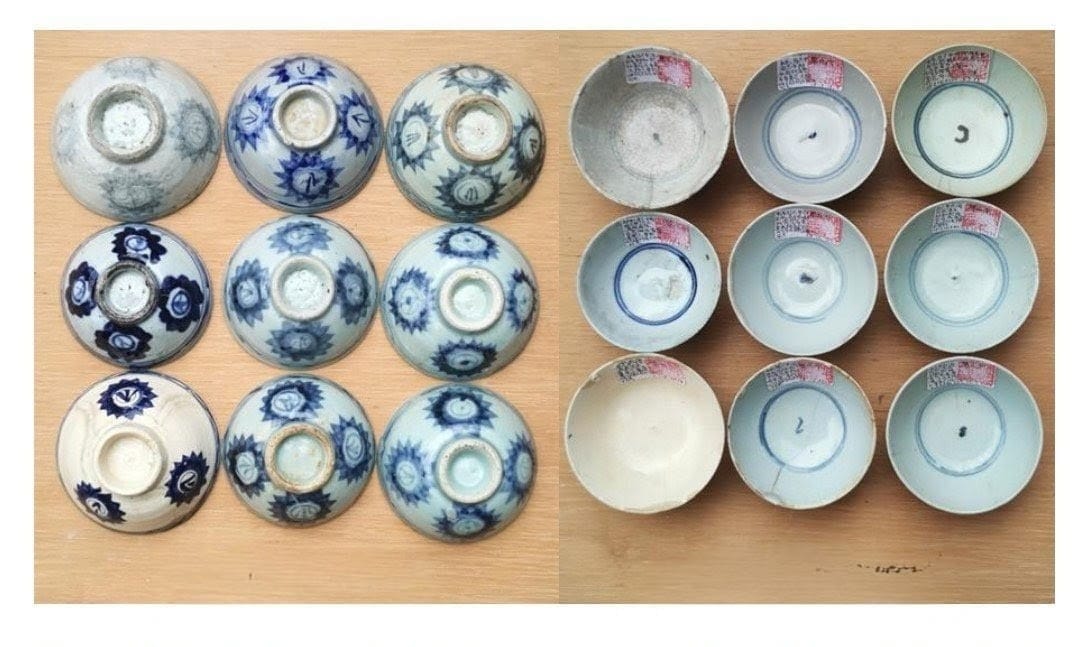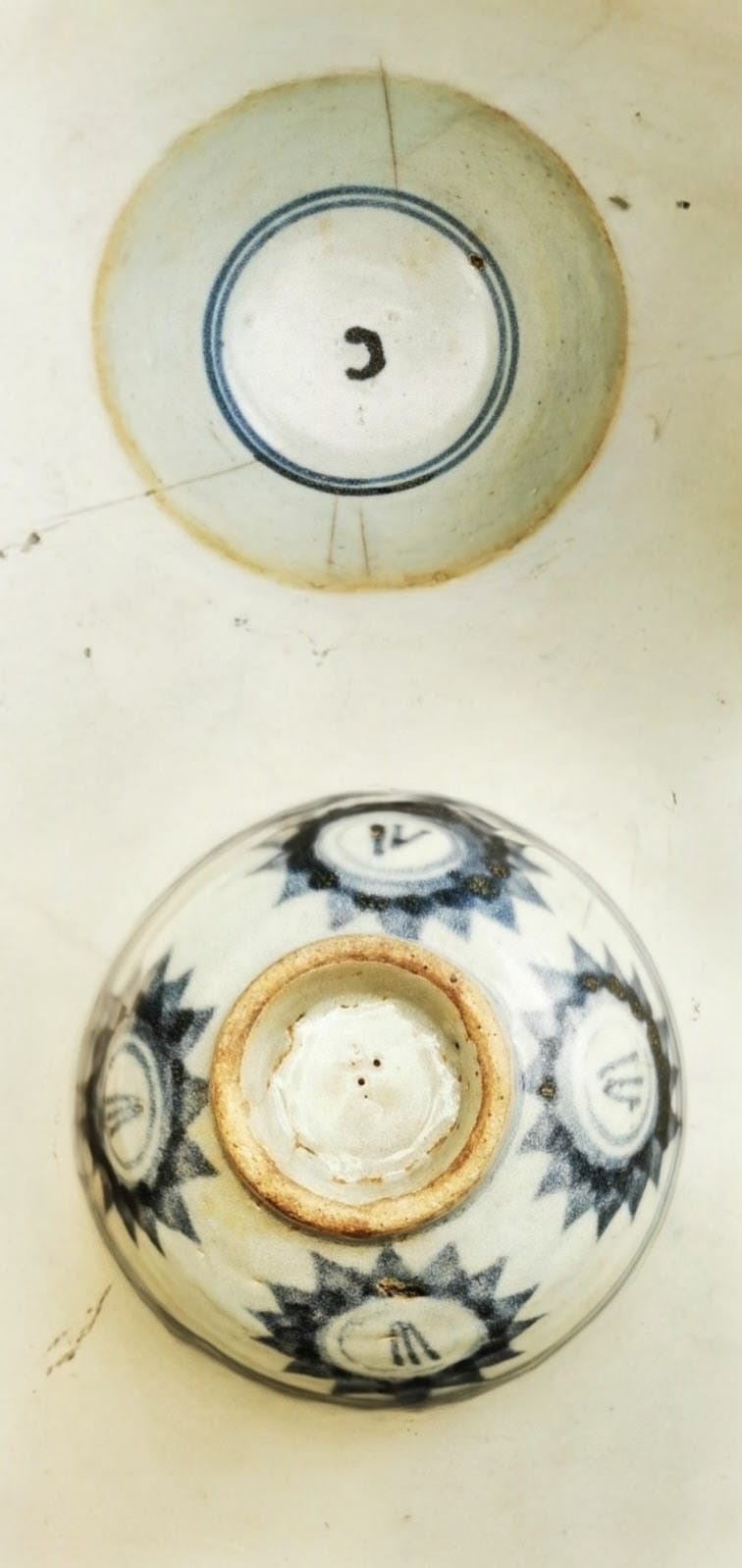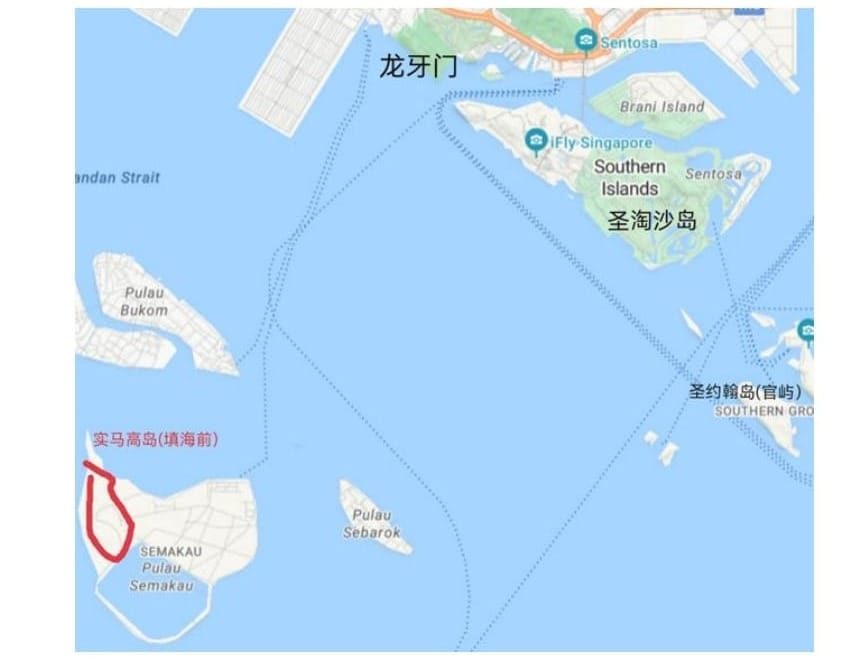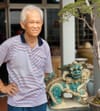Captain Lim Keow Wah shares his quest to reconnect the past
- Yongle-era blue-and-white ceramics link Zheng He’s fleet to Kenya, Malacca, and Singapore.
- Evidence supports St John’s Island, Singapore, as Zheng He’s “Official Island” for repairs and resupply.
- Descendants in Kenya and relics across Southeast Asia show long-term cultural integration beyond diplomacy.
By Anansa Jacob
AHEAD of his presentation at the Voyages@Frontiers of New Asia conference in Penang, maritime historian and antique collector, Captain Lim Keow Wah shared insights into his groundbreaking research on Zheng He’s voyages. His work bridges nautical history and archaeology, offering new perspectives on Ming China’s maritime influence through rare artifacts and forgotten sites.
Lim’s fascination with Zheng He began unexpectedly during his career as a navigation consultant in the Malacca Strait. “The entire time I worked as a merchant mariner, I had heard about Zheng He’s voyages, and I had the idea that I should do some research on them,” he said.
Encounters with 15th-century ceramics in historical ports like Malacca further sparked his curiosity. These artifacts, often overlooked as mere trade goods, hinted at deeper historical connections.
Over time, his dual expertise in shipping and antiquities led him to collaborate with archaeologists and eventually join the International Zheng He Society, where he combined nautical charts, material analysis, and fieldwork to reconstruct Zheng He’s legacy.
Mystery in a little blue teacup
One of his most significant discoveries revolves around a simple yet revealing artifact: a Yongle era (early 15th century) blue-and-white teacup. These cups share distinct Jingdezhen folk-kiln characteristics – grey-white “Macang clay”, Sumali cobalt pigments, and passionflower motifs.

The most compelling example comes from Pate Island, Kenya. Lim described seeing a video highlighting a village inhabited by descendants of Zheng He’s crewmen who were shipwrecked there around 600 years ago. One woman was seen showing off a blue-and-white teacup which they preserved as a family heirloom.

Lim immediately recognised the teacup as similar to one excavated at Malacca’s “Official Depot”, a known Zheng He base. “I also found another teacup in the possession of a collector based in Sarawak,” he added. Together, these cups – utensils used by Zheng He crew members – offer tangible proof of the journey Zheng He’s fleet took around the world.
Proving the existence of an Official Island
“An Official Island was Zheng He’s designated base for him to travel for diplomatic and business ventures,” Lim said. “Through my research, I found his sea charts that indicated an island in Singapore waters that was marked as one, and I believe that is St. John’s Island.”

Lim is particularly excited by the 1991 discovery of a blue-and-white teacup on nearby Pulau Semakau, just 10km west of St John’s Island. The teacup, currently on display at the National University of Singapore Museum, strongly resembles the ones found in Pate Island and Malacca. Lim theorised that as St John went into decline, islanders migrated to Pulau Semakau, taking these traditional utensils with them.
"The colour and style of the teacup strongly points to only one era (Yongle), but I believe the museum has dated it wrongly,” Lim said. “They claim the teacup is from the 19th to 20th century, and I have written an email to them to correct their dating of the artifact."
Lim argues that if the cup is proven to be from the Yongle era, it would bolster his theory that Zheng He’s fleet used St John’s Island as a logistical hub, reinforcing Singapore’s importance in pre-colonial maritime networks long before the arrival of European powers.
He calls for more research to be done on the artifacts, as well as for further excavations to take place on Pulau Semakau, in order to discover the island’s true link to history.
History revealed, one link at a time
These findings challenge traditional narratives about Zheng He’s voyages. Rather than viewing them as isolated diplomatic spectacles, Lim’s work highlights the practical, crew-centric nature of the expeditions.
The teacups and other artifacts reveal sustained Chinese presence in Africa and Southeast Asia, while the existence of descendants of Zheng’s He’s crew in Kenya demonstrate cultural integration beyond fleeting contact. This evidence positions Zheng He’s missions as a precursor to global connectivity, with Southeast Asia at its heart.
Looking ahead, Lim emphasises the need for underwater archaeology and community collaboration to preserve this legacy. Shipwrecks like those off Pate Island remain unexplored, and possible historical sites have yet to be catalogued. Societies like the International Zheng He Society are working to digitise records and protect key sites, ensuring that future generations understand the voyages’ full significance.
As Lim prepares to present his findings in Penang, his research exemplifies how everyday objects – like a sailor’s teacup – can rewrite history. From Kenya’s shores to Singapore’s islands, Zheng He’s legacy endures not just in grand chronicles but in the material traces of those who sailed with him.
The conference, which takes place from Sept 3 to 7, 2025, will spotlight these discoveries, inviting scholars and enthusiasts to rethink the past through the lens of maritime archaeology.
Lim Keow Wah will speak during Voyages of Zheng He: Trade & Friendship between Countries taking place at the Voyages@Frontiers of New Asia conference on Sept 6 at 11am at the Student Space Session, Jen Hotel, Grand Ballroom.
** SALUTING THE LEGEND. Click here to read our editorial and links to the main stories of our NAC Focus on Zheng He. NAC Focus, with New Asia Currents and Postscript NAC, make up the media platform of the Commonwealth of World Chinatowns (CWC)





